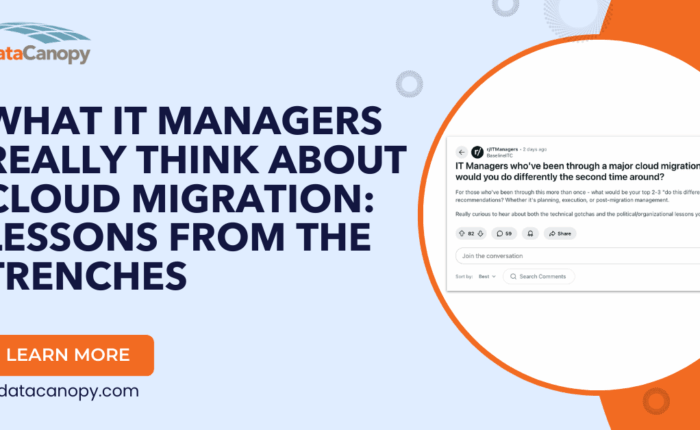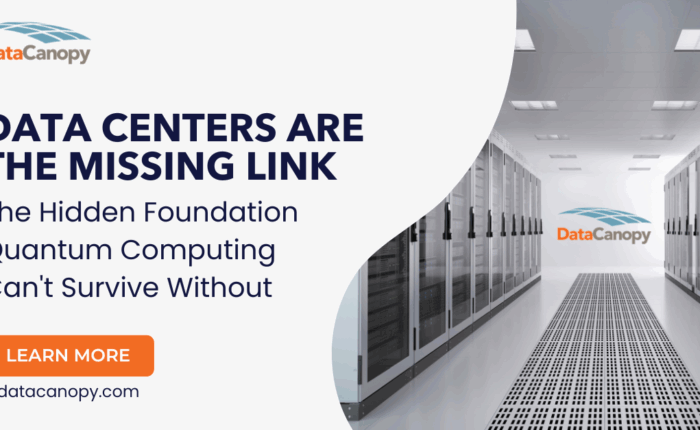 One of the questions I often am asked and think about myself as a business owner and technologist is what trends will affect me from a technology standpoint. This of course is like asking what will the weather be like on a Tuesday in June next year. Seemingly impossible to answer.
One of the questions I often am asked and think about myself as a business owner and technologist is what trends will affect me from a technology standpoint. This of course is like asking what will the weather be like on a Tuesday in June next year. Seemingly impossible to answer.
The key is “seemingly.” Just like we know the weather in June will be warm, we can make some very educated assumptions about what the landscape may look like for technology in 2017 as well. First things first a few trends have emerged that are worth noting:
- Physical colocation is not dead like disco. While there has been a significant move and proliferation of cloud over the last several years the need for physical colocation has not decreased. In fact as a sector physical colocation is projected to grow over the next four years by nearly 13%. This is good growth by anybody’s measure and the continued expansion of physical space (2 million square feet in Ashburn, VA) is further evidence that colocation still maintains a healthy outlook.
- Public cloud use is growing across most industries with 20.4% growth projected over that same period. Amazon Web Services and Microsoft Azure have continued to dominate the public cloud space and many industry verticals are looking to leverage a cloud strategy to make themselves more competitive.
- Hybrid cloud is the strategy most enterprises are turning to. Private cloud alone is growing steadily, although the numbers are murkier as it is hard to know exactly how many people are leveraging private cloud since it is in fact private. What we have found is the hybrid cloud computing market is set to grow by more than 34% through 2022 with nearly 82% of enterprises reportedly planning a hybrid cloud strategy by 2017.
Colocation Trends
So now that we have a baseline, or our farmer’s almanac of recent weather, we can take a look at what’s next. First is how organizations will use physical colocation. As I have written and spoken about in the past, physical colocation and private cloud are connected at the hip. Even while power requirements have decreased in cloud hardware, those same machines use more power than they did previously and as we store and use more data the need for space and more importantly power are critical.
Getting Colo Right for Your Business
Industry estimates make the assumption that most companies will be split between cloud and colocation by 2020. That means 50% of your data will be in the cloud and you will directly control the other 50%. The real question here though is: what does this mean for my business?
First is the fact that most companies will recognize higher prices for retail colocation space in the future. While miles (literally) of data center floor space are being built, most of it is being gobbled up in the wholesale market. This means that inventory will be low and as a result costs may increase for the first time in quite a while. The trend is most exemplified in Ashburn, VA where three of the four largest data center Real Estate Investment Trusts (REITs) have already announced new builds and are completely full with pre-leasing underway on the new construction. What does this mean for you? Lack of retail space will increase pricing for smaller buyers and it will be critical for them to find the right partners to keep costs down. If colocation moves or requirements are in your future, I highly recommend you schedule a lot more planning than in past years in order to get great deals.
Cloud Trends
Both public and hybrid clouds are projected to have explosive growth next year and in the years to follow. There are several reasons for this:
- The federal government continues to make a major push into using the cloud to replace a heavily antiquated infrastructure. This is helping to create new solutions and proliferation of cloud as commercial companies benefit from this push.
- Software as a Service (SaaS) has had one of its best years as more and more companies buy services from companies like Microsoft’s Office 365to replace in-house servers.
- Cloud is super hyped up and people like to be cool. I’m not kidding about this one. A recent survey showed up to 75% of businesses were planning to migrate to the cloud and the push is now coming from the C-suite. That’s a mandate! When you consider that businesses that report feeling they have a true understanding of cloud hovers around 10-15%, we see that the major interest in these solutions is attributable in part to the hype.
So where are we on cloud then? More importantly, what does this mean for my business?
Commoditizing the Cloud
First, we will likely see pricing for cloud stay steady, but we will see the number of options for public cloud decrease. Companies like Rackspace have had less than stellar earnings and smaller public cloud providers have been gobbled up or can no longer keep up with technology or compete based on their budgets. While they do not have a plurality yet, I expect Amazon Web Services and Microsoft Azure to become options 1a and b in the next several years. That means a commodity type of pricing and most likely a commodity type of offering.
Everyone into the Public Pool
The private cloud will continue to grow in importance and adoption across industries. This is backed by the fact that Cisco, VMware and almost all major storage companies are making huge investments into their next generation of cloud server and storage infrastructure to supplement and support enterprises as they move to the cloud. While this gear may remain costly in the years to come, companies with designs on a cloud strategy will need to evaluate it and hybrid environments as an option since many of their needs may not fall into the standard public cloud offerings.
At the end of the day, 2017 may prove to be a watershed year for the next evolution of the data center. Most companies are beginning to move towards cloud and as resources become scarcer and consolidation commoditizes existing offerings, you will need to be ready with a sound hybrid plan to minimize cost and maximize performance. Oh and the second Tuesday in June will be Sunny in the morning with light showers in the afternoon. Bring an umbrella.
Need some help with your hybrid cloud strategy? Sign up now for a free assessment.



